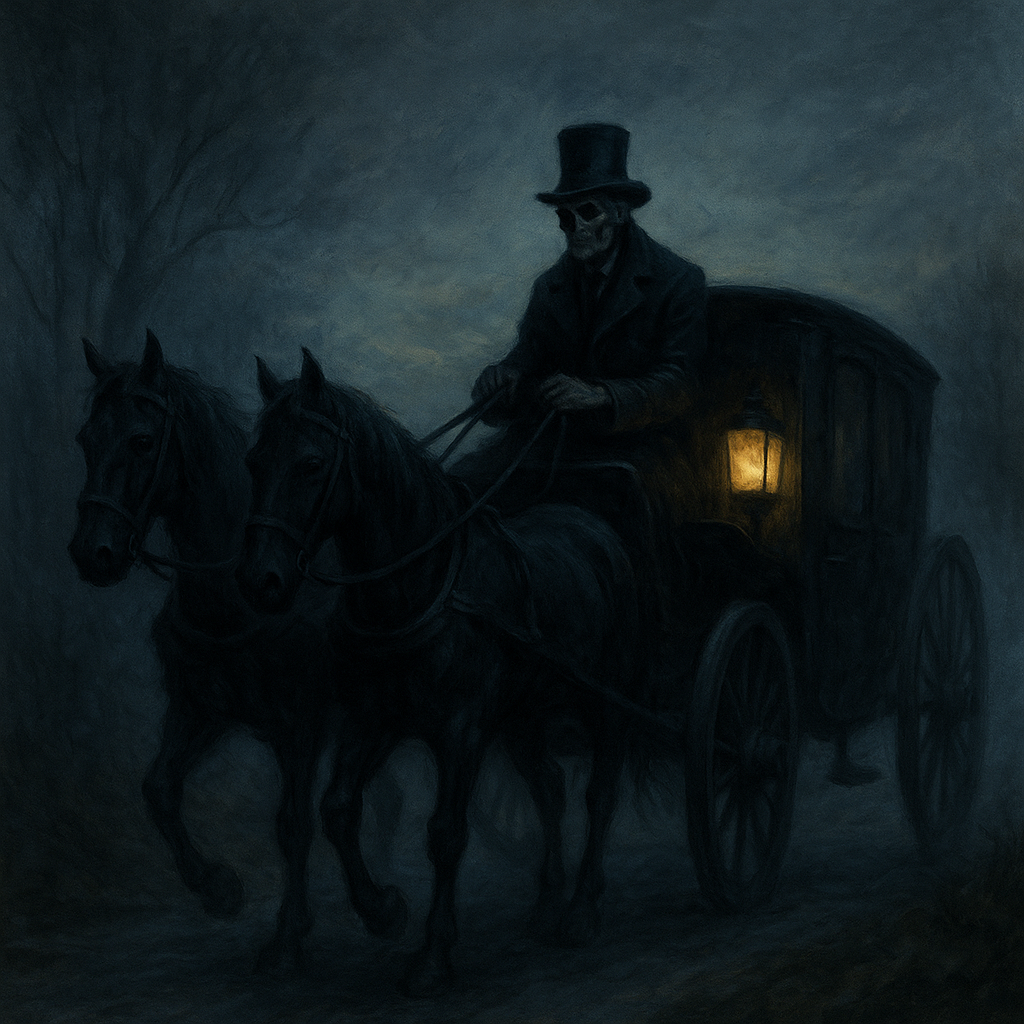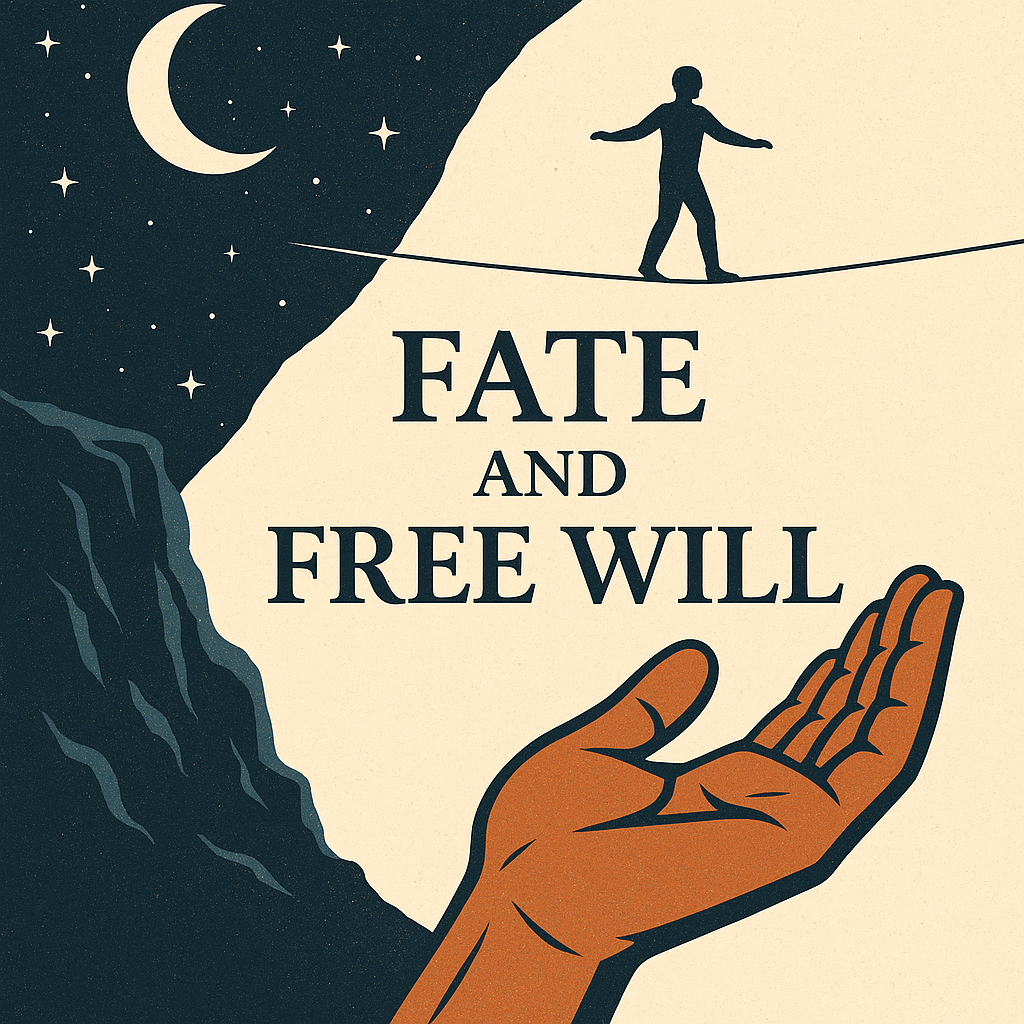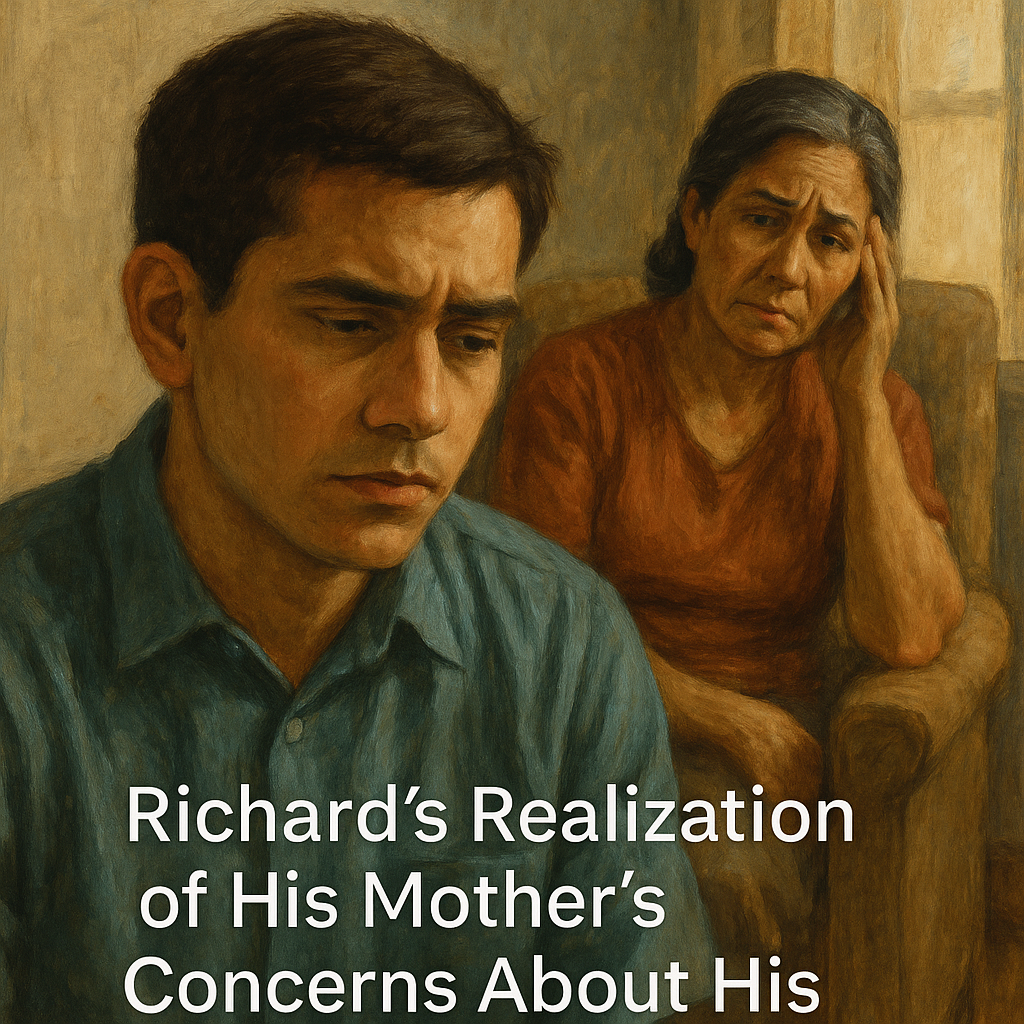Emily Dickinson’s Gothic Romance with Death
Death has long been cast as the shadow at the edge of human imagination—grim, skeletal, merciless. He waits in alleys of folklore and stalks the margins of paintings and poetry, a figure more feared than embraced. Yet Emily Dickinson, in her haunting and enduring poem “Because I could not stop for Death” (1890), rewrites the narrative. Death is no longer the enemy. Instead, he becomes a gentleman suitor, unhurried and curiously civil.
“We slowly drove – He knew no haste,
And I had put away
My labor and my leisure too,
For His Civility.”
(Dickinson 1253)
With one stroke of imagery, Dickinson reimagines the inevitable not as a sudden ambush, but as a slow courtship. Death drives the carriage, patient and persuasive. He requires nothing more than stillness, inviting the speaker to leave behind the trivialities of labor and leisure for the solemnity of eternal passage.
Death as a Gentleman
The description is almost scandalously intimate. Instead of the bony grim reaper, we meet a suitor who “knew no haste.” In a world that rushes relentlessly forward, Dickinson presents a lover who moves at the speed of eternity. His patience is chilling and alluring at once.
The imagery of the carriage strengthens the courtship metaphor. The speaker does not resist; she steps into the carriage and allows herself to be carried into another world. It is the very structure of a gothic romance: the heroine led, not by force, but by fate.
Literary critic Harold Bloom once described Dickinson’s work as a “negotiation between horror and civility” (Bloom 47). Here, horror is softened by manners, death by civility. Dickinson dares to imagine what few poets would: that mortality itself could be both terrifying and tender.
A Gothic Love Story in Disguise
What makes this vision so arresting is its gothic romance quality. Death, cloaked not in menace but in courtesy, evokes the archetype of the dark, mysterious suitor who lures the heroine into uncharted territory. Like a figure out of Brontë or Poe, he is at once dangerous and desirable.
The pacing of the poem reflects this. The carriage drives “slowly,” emphasizing inevitability. The imagery is dreamlike, yet it is also heavy with dread. The speaker becomes a bride of eternity, courted not with roses but with stillness, not with passion but with permanence.
And yet, Dickinson inserts humor into the darkness. “He knew no haste” reads almost wryly—as though this suitor is the only one a woman can trust not to rush her. Death, after all, has time. That sly wink of irony adds depth to the otherwise somber tone.
The Poetic Bipolar Mind Connection
On Poetic Bipolar Mind, I often explore this same paradox—how darkness and beauty, despair and tenderness, exist not in opposition but in dialogue. Dickinson’s carriage ride is the very image of this duality: what frightens us is also what seduces us; what ends us is also what defines us.
Living with bipolar disorder often feels like riding in such a carriage. There are days when the journey is terrifying, where shadows loom large. Yet there are also moments where the slowness brings clarity, where civility exists even in the midst of chaos. Like Dickinson, I write not to vanquish the darkness but to give it form, civility, and perhaps even an odd romance.
To read Dickinson is to realize that art, like life, can reframe terror as tenderness. Poetic Bipolar Mind seeks to do the same—transforming grief into expression, suffering into connection, and mortality into a reminder that we are always being courted by eternity.
Works Cited
Bloom, Harold. Emily Dickinson. Chelsea House, 1985.
Dickinson, Emily. “Because I could not stop for Death.” Exploring Literature. Pearson, Boston, 2013, p. 1253.





Leave a Reply